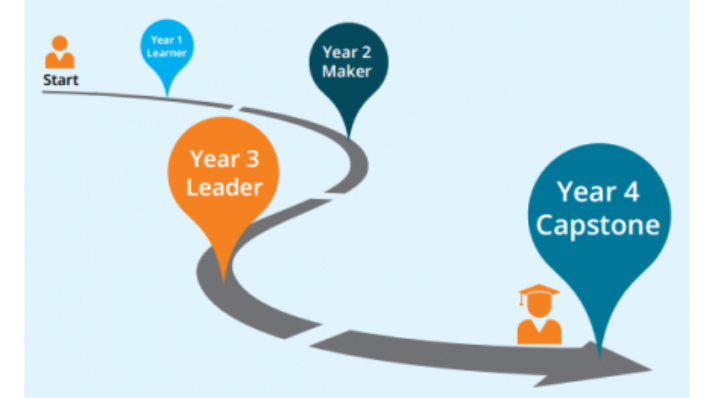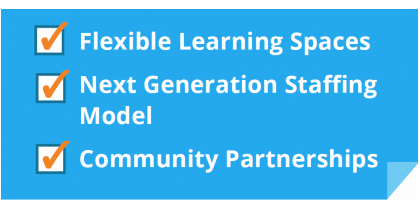Breakthrough Schools D.C. Round 3 Grantees
16 schools reimagining for more personalized and deeper learning ...

We’ve all had the experience of truly purposeful, authentic learning and know how valuable it is. Educators are taking the best of what we know about learning, student support, effective instruction, and interpersonal skill-building to completely reimagine schools so that students experience that kind of purposeful learning all day, every day.
PROPOSED PLAN:
School: FLVS Campus
Grades Served: 9-12
Location: Orlando, FL
Operator: Florida Virtual School
Operator Type: District
Setting: Urban
Students at Start: 120
Students at Capacity: 480
Blended Model Type: Flex and Enriched Virtual
Hallmark: Virtual learning deepened by internships, service-learning & in-person learning centers
Key Features of the Proposed Model
